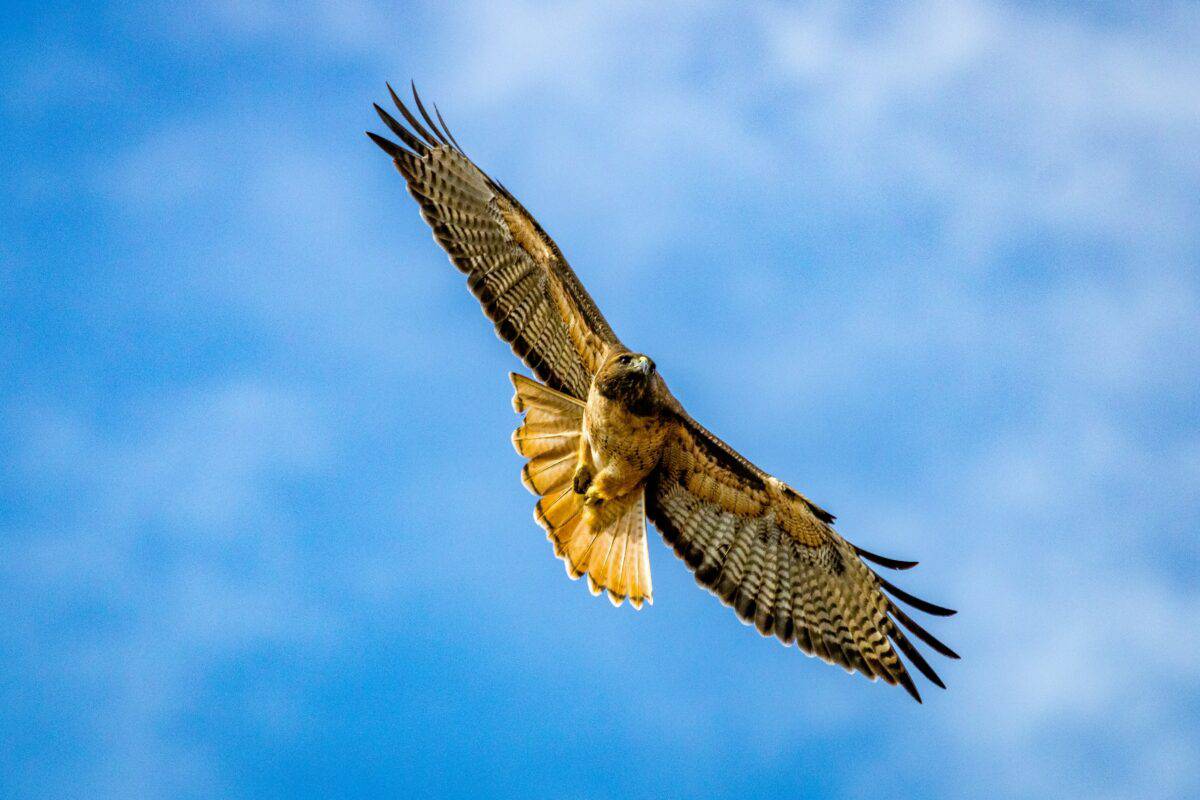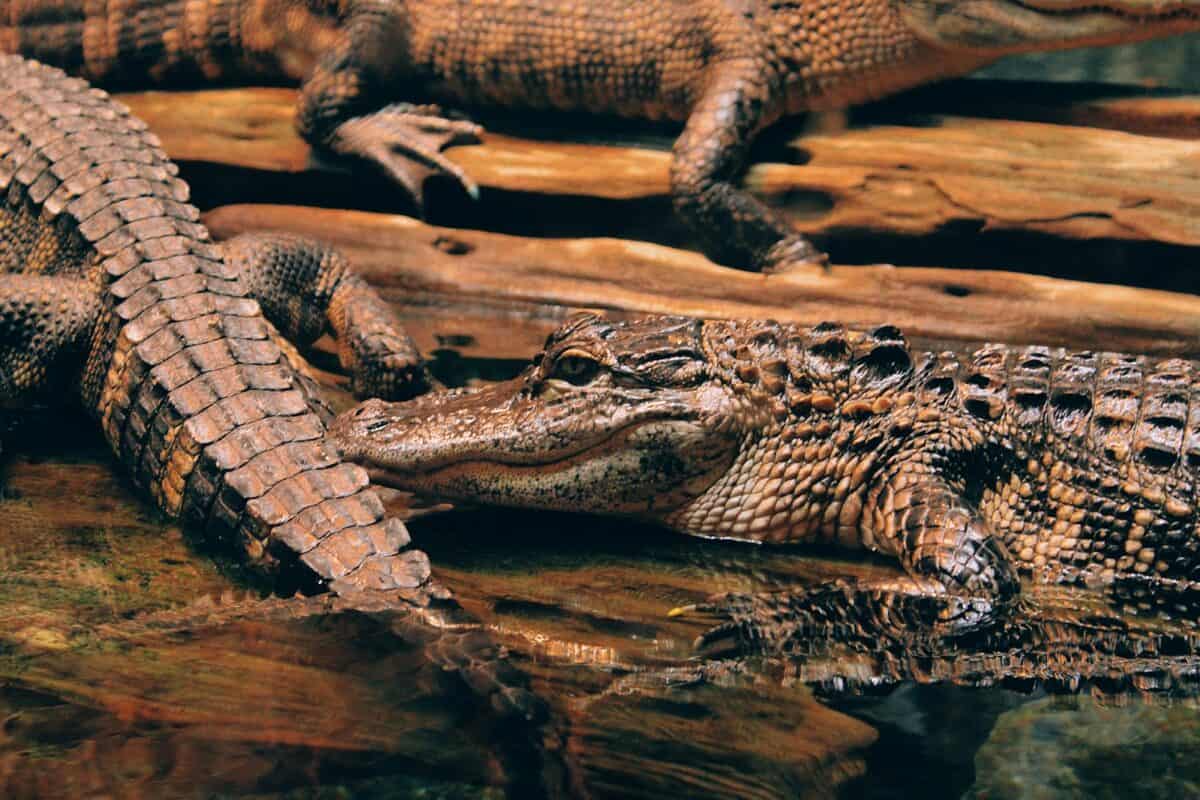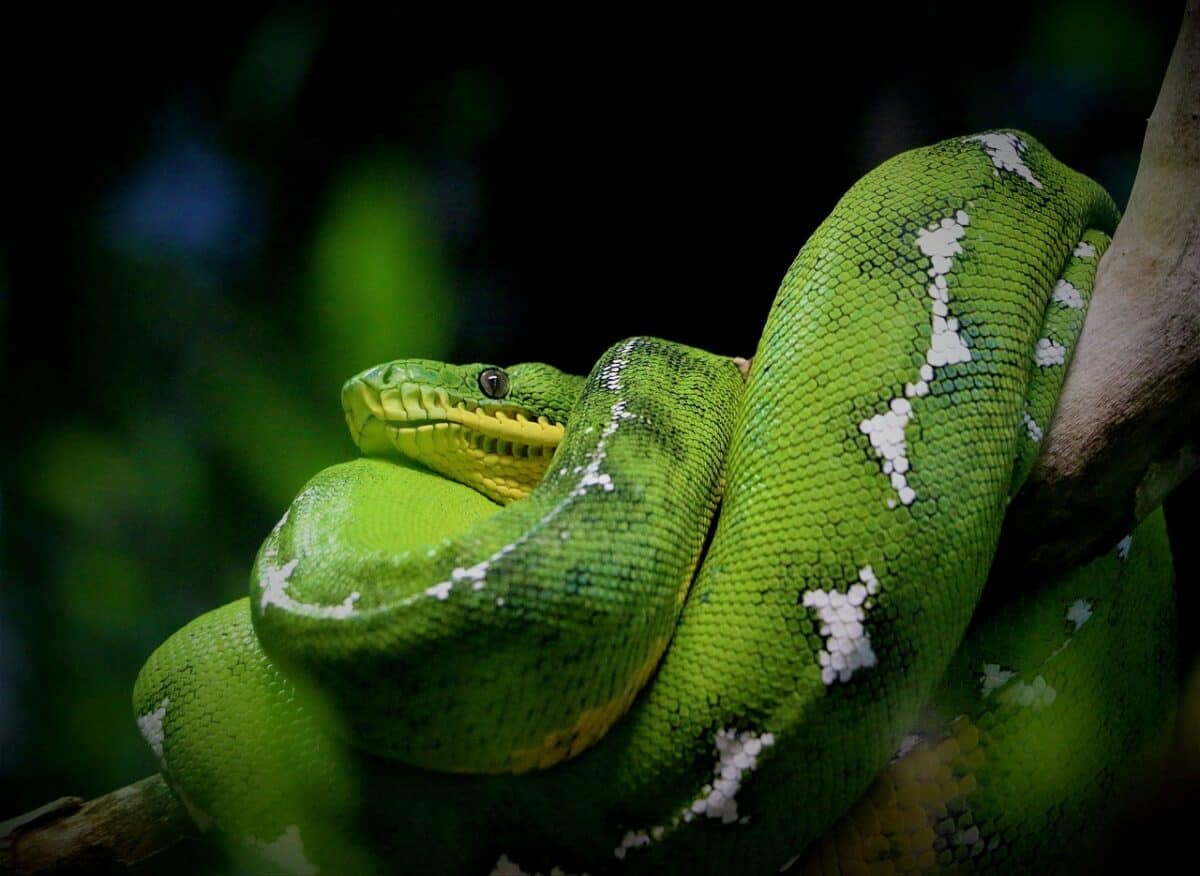The animal kingdom never ceases to amaze us with its remarkable diversity. Among countless species, some extraordinary animals break records with their immense sizes, lightning speed, or powerful strength. These record-holders exhibit feats that often surpass human imagination, offering a glimpse into the incredible capabilities of nature. From colossal marine creatures to unparalleled sprinters, let’s delve into the fascinating world of animals that redefine the limits of natural prowess.
11. Blue Whale: The Biggest Animal in the World

The blue whale holds the title as the largest animal to ever exist, reaching mind-boggling lengths of up to 100 feet and weighing over 200 tons. Found in oceans across the globe, this gentle giant’s heart alone is the size of a small car. Blue whales primarily feast on krill, consuming up to four tons of these tiny crustaceans each day. Despite their size, they move gracefully through the oceans, playing a crucial role in maintaining marine ecology.
10. Cheetah: The Fastest Land Animal

Renowned for their incredible speed, cheetahs are the fastest land animals, capable of reaching up to 60 to 70 miles per hour in mere seconds. Built for acceleration, their slender bodies, long legs, and retractable claws make them exceptional runners. These big cats rely on their speed to hunt prey in African savannas, using bursts of acceleration to capture swift antelopes and hares.
9. Giraffe: The Tallest Animal on Land

Giraffes stand head and shoulders above other terrestrial animals as the tallest, with males reaching heights of up to 18 feet. These majestic creatures utilize their long necks and legs to graze on the high branches of trees, a niche few others can exploit. In addition to their height, giraffes boast a unique coat pattern that provides camouflage in their savanna habitat.
8. Peregrine Falcon: The Fastest Animal in Flight

The peregrine falcon holds the record for the fastest animal in flight, achieving speeds exceeding 240 miles per hour during a hunting stoop (high-speed dive). With keen eyesight and incredible agility, they can spot and capture birds mid-air, showcasing their aerial prowess. Found on every continent except Antarctica, peregrine falcons are a testament to avian adaptation.
7. African Elephant: The Heaviest Land Animal

African elephants are the heaviest land animals, with males weighing up to 14,000 pounds. These gentle giants roam the grasslands and forests of Africa, playing integral roles in their ecosystems by creating water sources with their powerful tusks and dispersing seeds through their dung. Their social behavior and complex matriarchal societies offer intriguing insights into mammalian intelligence.
6. Great White Shark: The Most Powerful Predator

The great white shark is one of the ocean’s most formidable predators, equipped with up to 300 sharp, serrated teeth and an acute sense of smell. Known for their ferocity and power, these sharks can breach water surfaces at high speeds to capture prey. Popular “Jaws” movies have only heightened their notoriety, embodying the thrilling apex of oceanic food chains.
5. Ostrich: The Largest Bird

The ostrich claims the title of the largest living bird, standing up to 9 feet tall and weighing over 300 pounds. While flightless, ostriches are fleet-footed and can run at speeds up to 45 miles per hour, utilizing their powerful long legs. Native to Africa’s savannas and deserts, these birds lay the largest eggs of any living land animal.
4. Saltwater Crocodile: The Largest Reptile

The saltwater crocodile, or “saltie,” is the largest living reptile, with males growing over 20 feet long and weighing more than a ton. Found in brackish and freshwater environments across Southeast Asia and northern Australia, these apex predators are perfectly adapted to ambushing prey in water, showcasing both patience and power.
3. Green Anaconda: The Heaviest Snake

The green anaconda is the world’s heaviest snake, capable of reaching up to 550 pounds. Native to South America’s rainforests, these formidable constrictors inhabit water-rich environments where they prey on a wide array of creatures, from fish to large mammals. Despite their size, they adeptly maneuver through dense vegetations and waterways.
2. Goliath Beetle: The Largest Beetle

Among the largest insects, the Goliath beetle is a heavyweight champion of the beetle world. Found in African tropical forests, these beetles can exceed 4 inches in length and weigh over 3.5 ounces as larvae. Despite their intimidating size, they typically feed on fruit and tree sap, making them less threatening than they appear at first glance.
1. Colossal Squid: The Largest Invertebrate

The colossal squid, dwelling in the deep, dark waters of the Southern Ocean, is the largest invertebrate on the planet. Specimens can reach up to 46 feet long, boasting dinner-plate-sized eyes—the largest in the animal kingdom—and a complex array of suckers lined with small, sharp hooks. Elusive and mysterious, they embody a sense of oceanic wonder, leaving much to be discovered about their lives in extreme environme
The awe-inspiring feats of these record-breaking animals remind us of the astonishing capabilities and adaptability found in the natural world. From the might lords of the sea and land to swift masters of the sky, each species offers a unique perspective on survival and evolution. By studying and understanding these magnificent creatures, we gain insights into biodiversity and the vital connections that sustain life on our planet. As stewards of Earth’s rich tapestry of life, it is our responsibility to ensure that these remarkable beings continue to thrive and inspire future generations.
- Why Zebras Roll in Dust and Mud - August 9, 2025
- America’s Most Endangered Mammals And How to Help - August 9, 2025
- The Coldest Town in America—And How People Survive There - August 9, 2025

